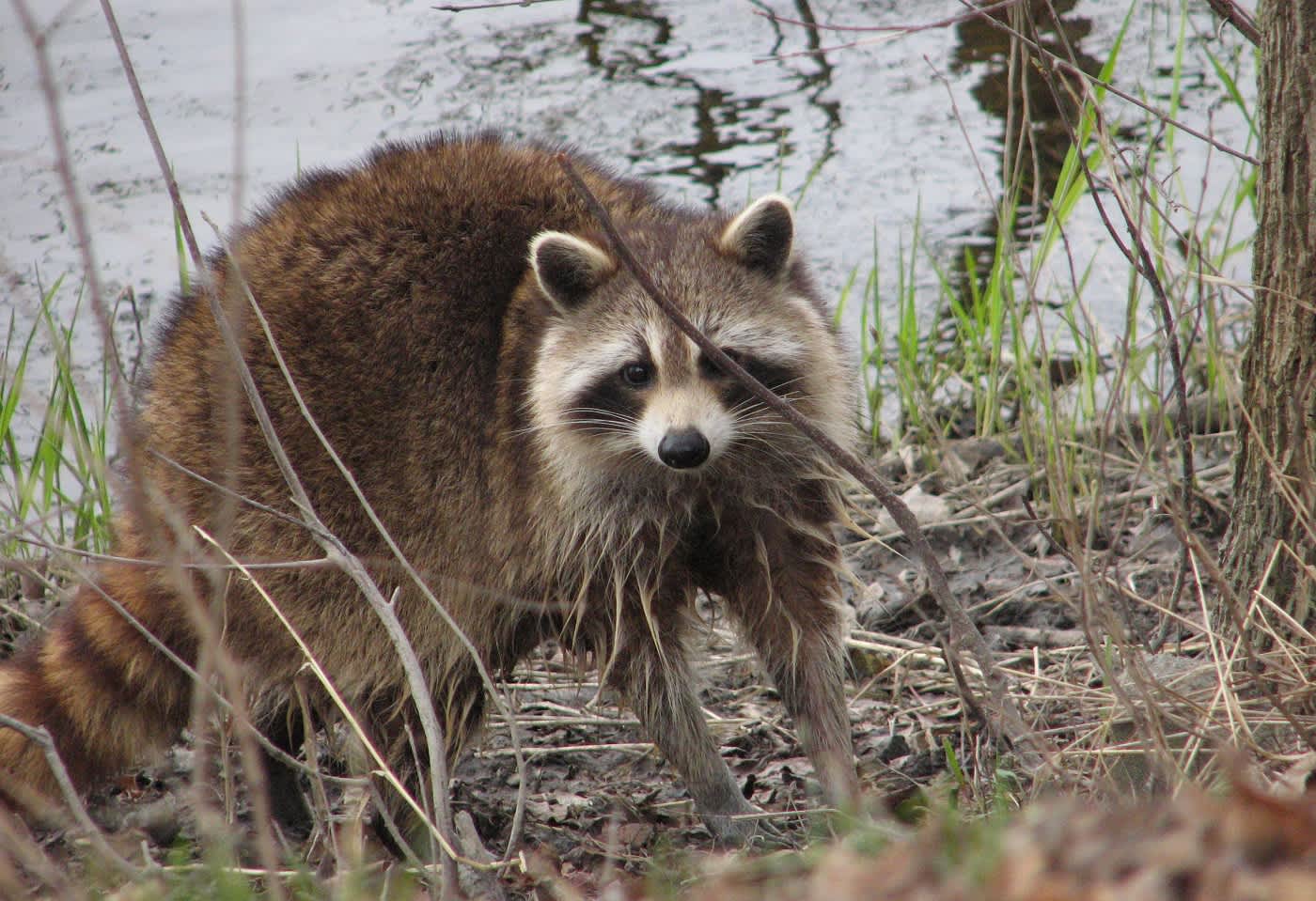An Introduction to Trapping
Derrek Sigler 11.20.15

There is a certain romance to trapping. Much of North America as it is today was built on the backs of the trappers and explorers who trekked into the wilds in search of the furs that drove the economy. Who hasn’t dreamt of wearing buckskins and a coon-skin cap, paddling down a river in a birch-bark canoe, loaded down with furs?
Education
Modern trappers play an important part in conservation. They help control predator and varmint populations. There is also a market for furs, meaning dedicated trappers can even turn a profit by practicing their craft. Getting started as a modern-day trapper means education. There are a couple of great books that can get you off on the right track. Land Sets and Trapping Techniques, $14.99, gets you started with how to set traps and how to place them effectively. Another great resource is the NTA Trapping Handbook, $17.99, which is a comprehensive collection of trapping information.
Once you have the basics of the how and where to set your traps, the next step is scouting your locations. Go out and get a feel for the land and look for animals. See how they act, where they travel, what they are feeding on, and so on. Nothing replaces a good scouting trip.
Starting small
Set your sights on smaller animals at first. Raccoons are a good place to start. Get some traps and practice setting them before you go out and actually start a trapline. Minnesota Trapline Products’ $99.99 Bridger T3 Coon Starter Pack has everything you need to get going. It has the right traps and the little things you might not have thought of. Minnesota Trapline also has another great Raccoon Trapping Kit for $99.99. You can expect a lot of trial and error, but it will get better.
As you gain experience, add more traps to your line. Bridger Dogproof Raccoon Traps are a great way to expand your line. Trapping raccoons, muskrats, and other smaller species will give you confidence to tackle other animals.
Predator to prey
There is a certain allure to trapping predators like coyotes, badgers, foxes, and bobcats. It might be the feeling of hunting the hunters, or pitting your wits against the cunning instincts of the very cautious. Either way, setting a trapline for predators is something that should be taken on only after you get a little experience under your belt.
Trapping predators also requires a different style of trap. Like the raccoon sets, the Minnesota Trapline Predator Trapping Kit is a great place to start. A kit like this gets you going with the basics needed to trap animals that live by eating other animals. Once you have a start, then you can specialize and target specific predators with something like the Minnesota Trapline Products Bobcat Trapping Kit.
One of the things you will quickly learn is that scent is important, regardless of what species you’re after. Much like hunters rely on scent and scent elimination to hunt deer, the same can be said for trappers. Adding a specific scent lure to your traps, like Caven’s Quality Animal Lures, will be the only thing that brings that animal to the line in most cases. You should practice scent control, too. Don’t get your scent all over your traps and try not to leave a huge scent trail, especially when trapping predators.
After the harvest
The real work begins after you’ve harvested the animals. Hide preparation is an important part of trapping, as it is the key reason to harvest the animal. You don’t want anything to go to waste. Quality stretchers are a must-have item. Bridger Wire Stretchers are good examples of what you should be looking for.
Prepping the hide for tanning is hard work. A quality fleshing knife will make your life a little easier. As you have the hide stretched out, a sturdy fleshing knife lets you quickly remove the fat and other tissue from the hide, without being uneven and without extra work.
Once you have the hide stretched and fleshed, the next step is salting, drying and then tanning. There’s a great DVD, In the Fur Shed, available for $34.99 that shows you the proper ways to handle your furs.
Getting started trapping is going to take time, but that time will be well-spent. Trapping is not only a fun sport, it also is a great conservation tool. And there is no denying the connection to our past. It is a great excuse to get outside and enjoy the bounty that nature brings us.
This article was produced in cooperation with Cabela’s.

